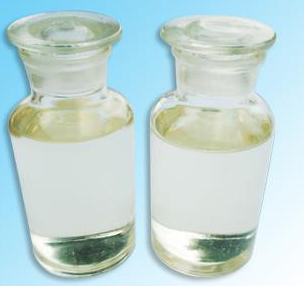| Message: | Grape seed oil (also called grapeseed oil or grape oil) is pressed from the seeds of grapes, and is thus an abundant by-product of winemaking.
Uses:
(1)Cooking
Grape seed oil has a moderately high smoke point of approximately 216 °C (421 °F). Due to its clean, light taste, and high polyunsaturated fat content, it may be used as an ingredient in salad dressings and mayonnaise and as a base for oil infusions of garlic, rosemary, or other herbs or spices. It is widely used in baked goods, pancakes, and waffles. It is sprayed on raisins to help them retain their flavor.
The metabolic energy density of grape seed oil is typical of vegetable oils: approximately 3,700 kJ (880 kcal) per 100 g, or 500 kJ (120 kcal) per 15 ml tablespoon.
(2)Cosmetics
Grape seed oil is a preferred cosmetic ingredient for controlling moisture of the skin. Light and thin, grape seed oil leaves a glossy film over skin when used as a carrier oil for essential oils in aromatherapy. It contains more linoleic acid than many other carrier oils.
Grape seed oil is also used as a lubricant for shaving and as a growth and strengthening treatment for hair.
(3)medicinal benefits
Grape seed oil may provide some health benefit. A 1993 study supports the claim that grape seed oil increases high-density lipoprotein (HDL-C or "good cholesterol") levels and reduces LDL levels.
Although grape seeds contain antioxidants and other biologically active compounds,the cold-pressed grape seed oil contains negligible amounts due to their insolubility in lipids.For instance, sufficiently high amounts of resveratrol occur in grape seed for it to be extracted commercially, yet it is almost entirely absent in the grape seed oil.
|
 my account
my account
 log out
log out
 my account
my account
 log out
log out
